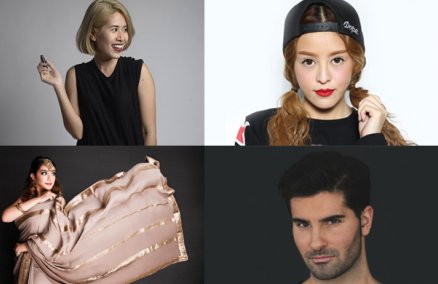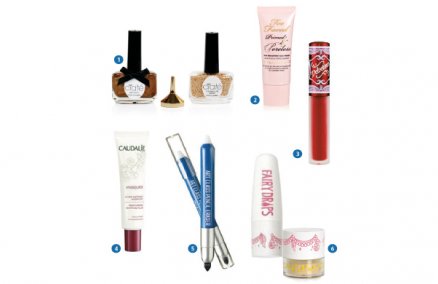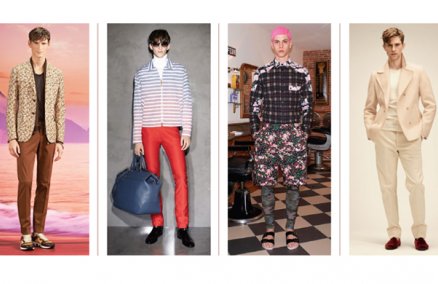There can’t be many people who don’t own at least one pair of jeans. From ripped to skinny, stonewashed to boot cut there have been countless looks and styles over the years. Now this season’s denim trend is all about looking East to the deep-blue jeans of Japan.
“Nudie Jeans from Sweden were probably the first to show Bangkokians that there is more to jeans than just mass brands,” says Chnanon Sachdev, owner of high-end jeans retailer Pronto Denim. From this point on, affluent jean lovers started to look for something more exclusive and more special.
While Western jeans offer a wide selection of dying techniques, colors and washing styles, jeans from Japan use the original process from the early days of jeans production. For example, Evisu, a world-famous Japanese jeans brand, produces their jeans using an original 1950’s narrow-width weaving machine, bought from the US, together with Japanese fine cotton and unique techniques that include dying the material at least 16 times to achieve the trademark deep-blue color. The intensive nature of the process means less than 100 jeans are produced a day.
Brands like Pure Blue Japan and Flat Head take it even further. “They use creative techniques that result in interesting textures and strange colors appearing when the jeans are used for a long time. You won’t find this in the Western brands,” adds Chnanon.
The result of all these special techniques is that Japanese jeans are expensive. A pair of normal Edwin jeans (a more mass brand) can range from B3,500-8,000, while Pure Blue Japan and Flat Head can cost as much as B11,000. For Evisu, you’re looking at around B14,000.
If you want the feel of Japanese jeans without the price tag, then designer Matin Chareansri offers an affordable alternative with his Maru Q brand (B3,500-4,500). The half-Thai-half-Japanese Matin’s current collection features jeans decorated with a Japanese Obi (Kimino belt) cloth. To keep prices low he just imports the original denim and obi cloth before making the jeans here. “I love jeans, especially Japanese jeans—they have their own story but they also have super expensive prices. So I decided to create a more affordable option for Thai shoppers,” says Matin.
Those who love variety might not be such fans of Japanese jeans due to the limited colors. But there’s a reason for this: “Most Japanese jeans are deep blue or a true indigo color because they are aimed at people who want to create their own denim story,” explains Matin. “Each pair of jeans will have different wash lines, rimmed details or scratches depending on who wears them. Your jeans will truly be yours.”
TOP TIP
Chnanon says you should wear your Japanese jeans for six months without washing them. If that sounds downright disgusting, he says you can soak your jeans in clean water but don’t use detergent. This will help the jeans maintain their original color longer.
Advertisement















